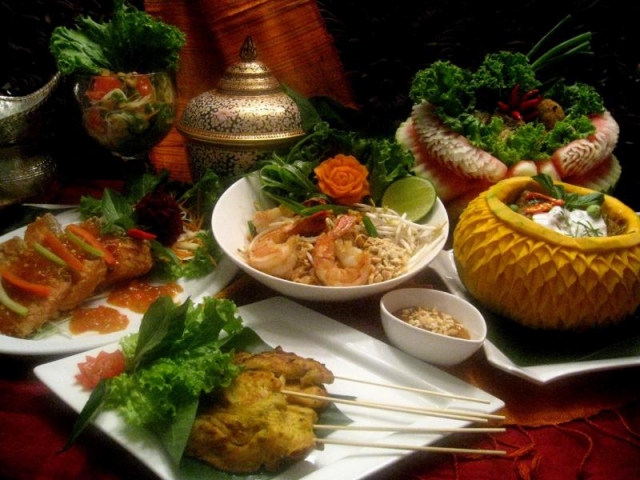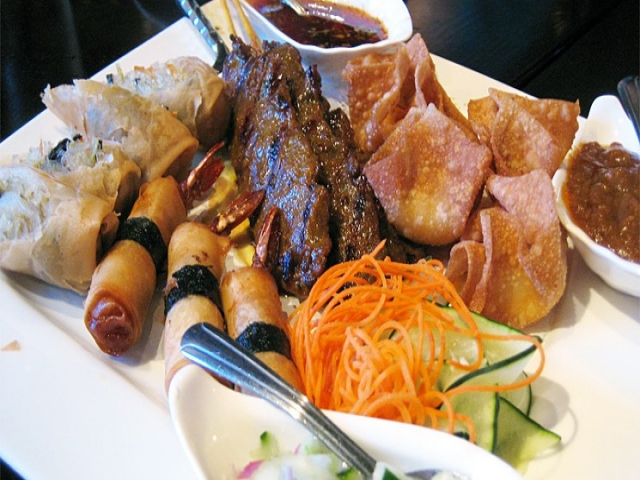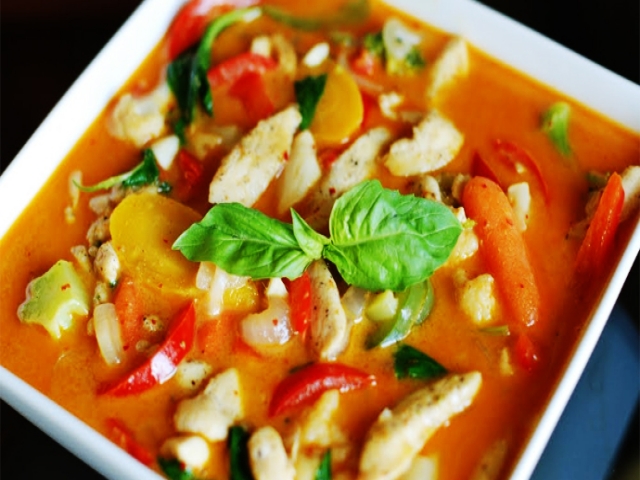Thailand Culture
The culture of Thailand incorporates a great deal of influence from India, China, Cambodia, and the rest of Southeast Asia. It is influenced primarily by animism, Hinduism, Buddhism, as well as by later migrations from China, and northern India. Thailand’s cultural integrity remains largely undamaged – a country that adroitly avoided colonization has been able to absorb Western influences while maintaining its own rich heritage.
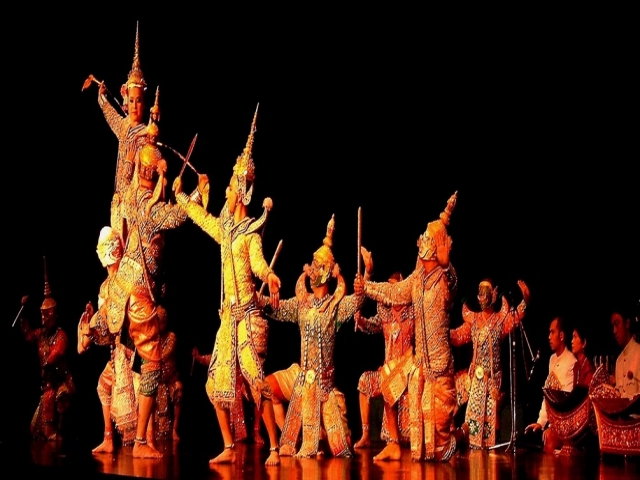
Religions
Thailand is nearly 94%-95% Theravada Buddhist (which includes the Thai Forest Tradition and the Dhammayuttika Nikaya and Santi Asoke sects), with minorities of Muslims (5-6%), Christians (1%), Mahayana Buddhists, and other religions.[2] Thai Theravada Buddhism is supported and overseen by the government, with monks receiving a number of government benefits, such as free use of the public transportation infrastructure.

Custom
The traditional custom and the folkolore of Thai people were gathered and described by Phya Anuman Rajadhon in the 20th century, at a time when modernity changed the face of Thailand and a great number of traditions disappeared or became adapted to modern life. Still, the striving towards refinement, rooted in ancient Siamese culture, consisting of promoting that which is refined and avoiding coarseness is a major focus of the daily life of Thai people and high on their scale of values.
One of the most distinctive Thai customs is the wai. Used in greetings, leave-taking, or as an acknowledgement, it comes in many forms, reflecting the relative status of those involved. Generally the salutation involves a prayer-like gesture with the hands, similar to the Anjali Mudra of the indian subcontinent, and it also may include a slight bow of the head. This salutation is often accompanied by a serene smile symbolizing a welcoming disposition and a pleasant attitude. Thailand is often referred to as the land of smiles in tourist brochures.
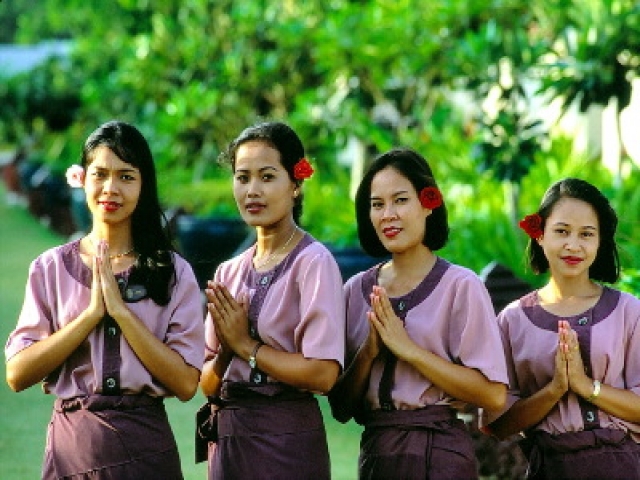
Traditional Costumes
Traditional Thai costume is called chut thai, which literally meansThai outfit. It can be worn by men, women, and children. Chut thai for women usually consists of a pha nung or a chong kraben, a blouse, and a sabai. Northern and northeastern women may wear a sinh instead of a pha nung and a chong kraben with either a blouse or a suea pat. Chut thai for men includes a chong kraben or pants, a Raj pattern shirt, with optional knee-length white socks and a sabai. Chut thai for northern Thai men is composed of a sado, a white Manchu styled jacket, and sometimes a khian hua. In formal occasions, people may choose to wear a so-called formal Thai national costume.

Arts
Thai visual arts were traditionally Buddhist. Thai Buddha images from different periods have a number of distinctive styles. Thai temple art and architecture evolved from a number of sources, one of them being Khmer architecture. Contemporary Thai art often combines traditional Thai elements with modern techniques.
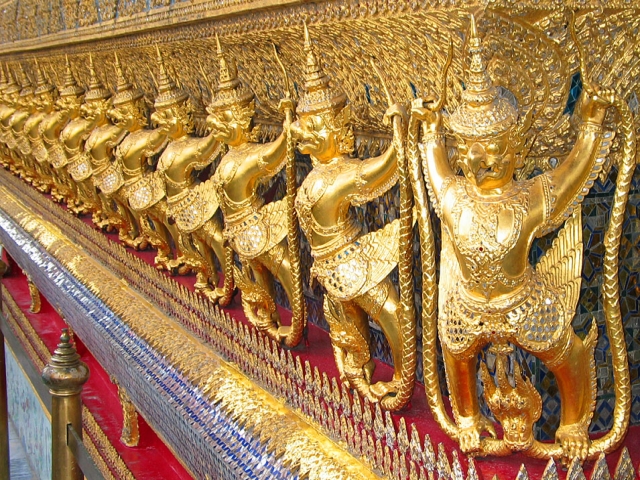
Crafts
With sklls that are passed down for generations, the art of Thai crafts has long been a reflection of Thai people's creativity and ingenuity. The intricate detail and meticulous methods is a display of inventiveness, and the elaborate designs proof of perseverance. Moreover, the abundance of natural materials such as wicker, palm leaves, rattan and coconuts make it possible for Thais to produce beautiful and inexpensive handicrafts.
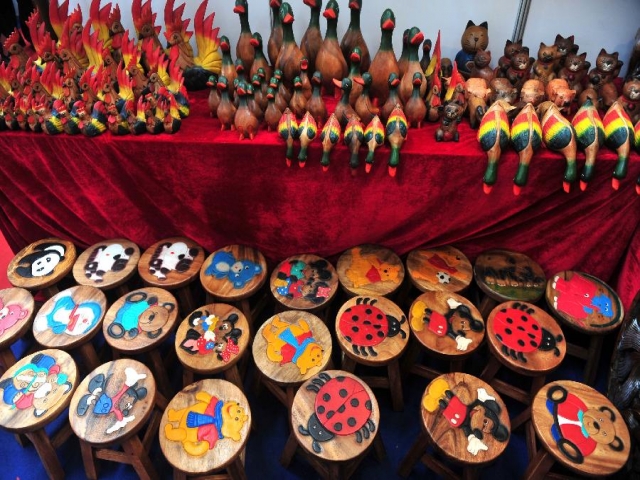
Cuisine
Thai cuisine is the national cuisine of Thailand. Balance, detail and variety are of paramount significance to Thai chefs. Thai cooking places emphasis on lightly prepared dishes with strong aromatic components and a spicy edge. It is known for its complex interplay of at least three and up to four or five fundamental taste senses in each dish or the overall meal: sour, sweet, salty, bitter and spicy. Thai food ain't about simplicity. It's about the juggling of disparate elements to create a harmonious finish. Like a complex musical chord it's got to have a smooth surface but it doesn't matter what's happening underneath. Simplicity isn't the dictum here, at all. Some westerners think it's a jumble of flavours, but to a Thai that's important, it's the complexity they delight in.
